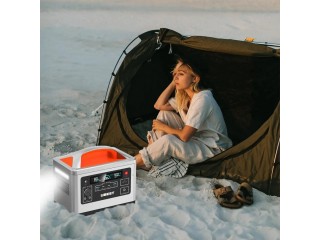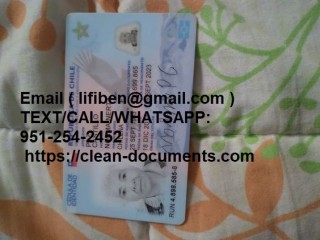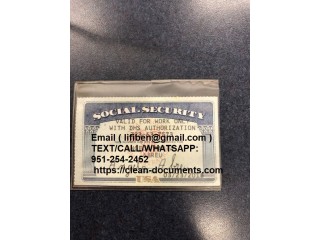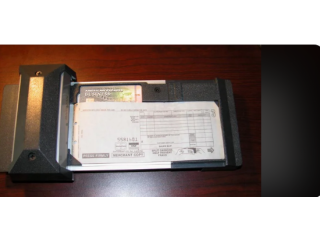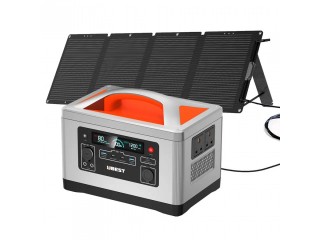Effective cleaning of rust stained marble Professional
2 years ago - Multimedia - Baltimore - 116 viewsEffective cleaning of rust stained marble
Calcareous materials, like marble used in connection with cultural heritage objects such as statues and pedestals, or as wall facings on buildings, often show a brownish staining owing to contact with iron metal or iron-containing minerals in the stone. The discolouration alters the appearance of the stone, which is undesirable from an aesthetic point of view. Despite rust staining being a conspicuous phenomenon and numerous works that have dealt with the problem of removing rust stains, a simple and non-toxic method has so far been missing. This paper describes a highly efficient method for cleaning rust stains from marble by introducing the chelating amino acid cysteine in a Laponite poultice in combination with the strong reducing agent sodium dithionite.
Results
Cleaning experiments were performed on artificially discoloured samples of various types of Carrara Bianco marble and on naturally rust stained marble. To begin with, solutions of cysteine in combination with sodium dithionite and ammonium carbonate were tested by immersion of samples into the different solutions. Secondly, solutions of cysteine and sodium dithionite with and without buffering were used in a poultice consisting of Laponite® RD, Arbocel® BC1000 and CMC. The poultice was applied on three different marble types: Carrara Fabricotti, Carrara Vagli and Carrara La Piana. Thirdly, the optimized method was tested on original rust stained material of luxury marble, which has been used as wall facing, and finally in situ in Copenhagen on a larger area of The Marble Church showing rust stains due to pyrite oxidation. The cleaning results were evaluated by visual observations, cross sections, and etching of the surface by testing on high gloss marble.
Conclusion
Cleaning of iron-discoloured marble surfaces has been investigated and a new method for removal of rust stained marble has been developed. A solution of 0.1 M cysteine and 0.1 M sodium dithionite in a poultice consisting of Laponite® RD/Arbocel® BC1000/CMC = 10:10:1 has shown to be a fast, simple, cheap, and non-toxic, do-it-yourself method.
Since ancient times, white marble has been used as a popular material for sculptural artefacts such as statues, busts, and friezes as well as an architectural building material with numerous applications from flooring, wall facings, and pedestals, to columns and fountains. Although marble is a relatively stable material, the desired white surface is unfortunately prone to tarnishing when used in outdoor environments [1]. One of the major sources of tarnishing is iron. In addition to the oxidation of internal iron compounds present in stone like pyrite (FeS2) and siderite (FeCO3) [1, 2], contact with iron-rich ground water when Full Body Marble is used in, for example, garden fountains, results in severe and unsightly discolouration [3]. Another cause is the proximity to iron metal, which is oxidized by air in the presence of rain. The solubilized ions are then transported by rain onto the marble surface, resulting in rust formation [4].
The detailed mechanism for rust formation is highly complex; depending on the pH value, different species, all characterized by a brownish colour, are formed. The atmospheric corrosion of iron, regardless of the pH value of the reaction may, however, be summarized by the overall stoichiometric reaction (1) where the product FeOOH represents the generic formula for rust [5].

